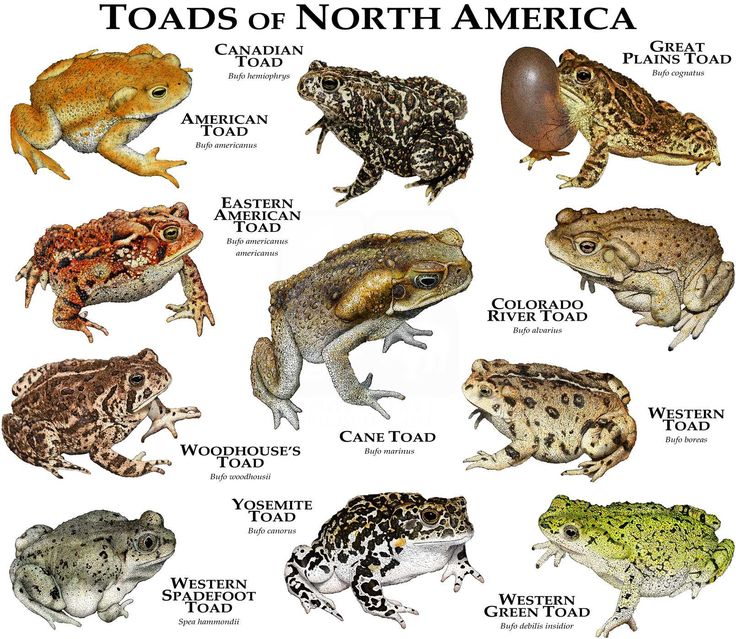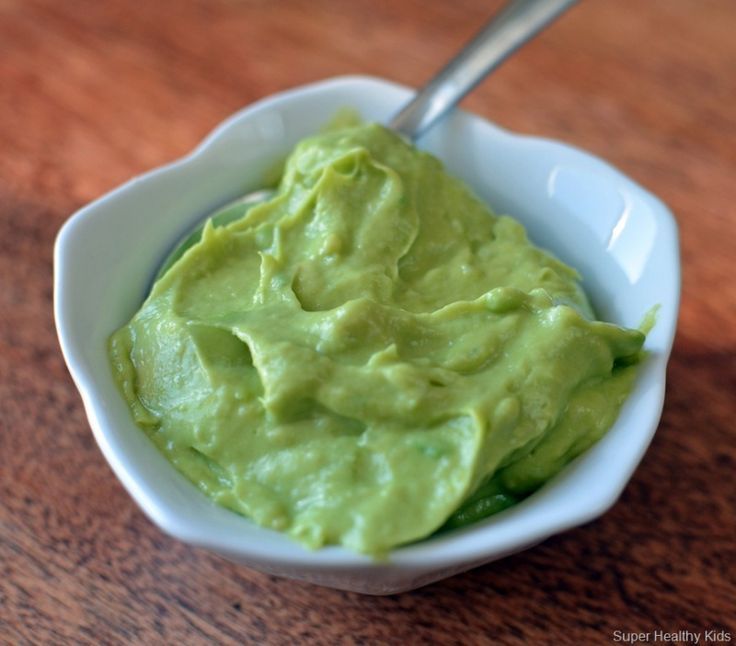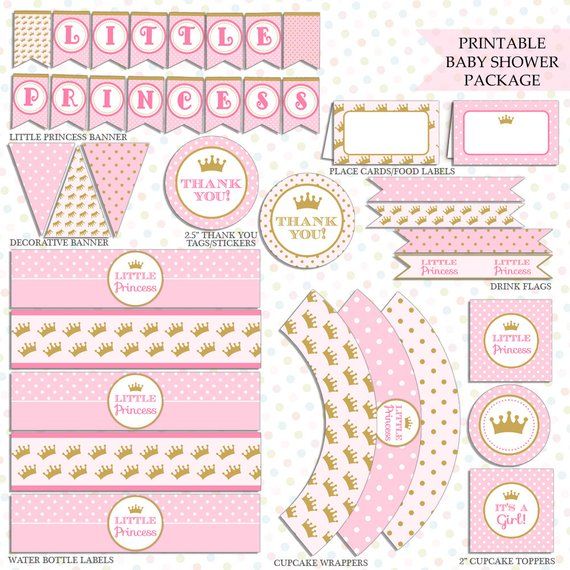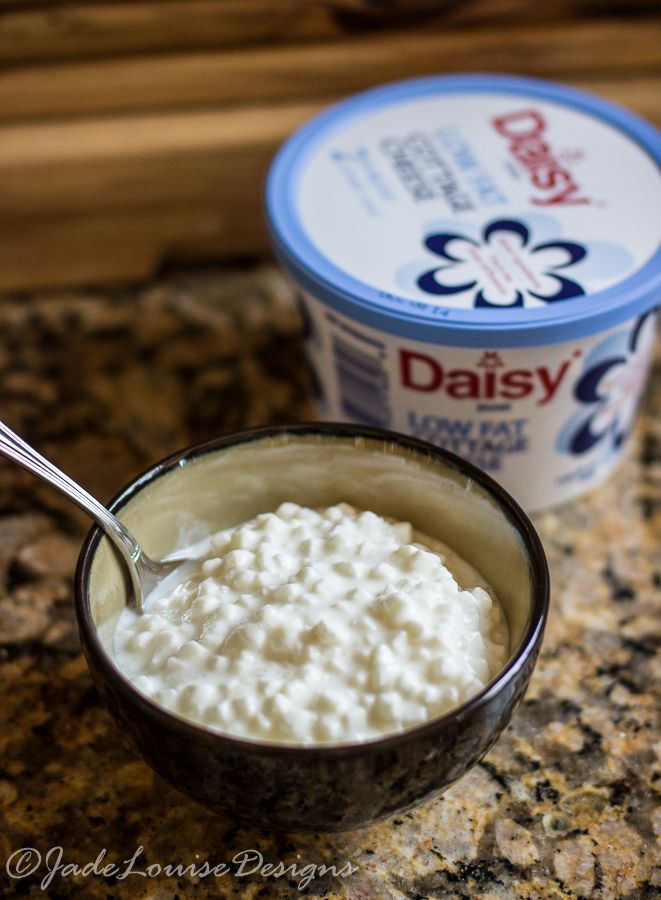How often should you feed a baby leopard gecko
Leopard Geckos: Care and Feeding
Leopard geckos are small relatively easy to care for reptiles. They can reach an adult size of 5-10 inches, and can live 10-15 years with good health care, a clean environment, and proper feeding.
What type of housing is needed for geckos?
A single leopard gecko can be housed in a 10-gallon aquarium or container. The cage should be a minimum of 6 inches high. Screen tops are essential to prevent your lizard from escaping the enclosure.
A hide box or hut should be provided and wet sphagnum moss, cypress mulch, or vermiculite should be provided to help with moisture control and shedding. The cage floor can be covered with reptile carpet, bark, paper towels or newspaper. Coarse sand, corncob bedding and crushed walnut shells must be avoided as these bedding materials can be swallowed and create an intestinal blockage.
"Coarse sand, corncob bedding and crushed walnut shells must be avoided..."
Does my gecko need extra heat or special lighting?
Leopard geckos do their best when the environmental cage temperature is in the mid-80s (Fahrenheit; ~30°C). Geckos can take nighttime temperatures as low as 70°F (21°C). Heat tapes, under-tank heaters, or low-level basking lights are great sources for heating the cage. In-tank hot rocks are not recommended.
Ultraviolet B (UVB) is not required, but it is recommended for geckos. Dome light covers should never be placed on plastic surfaces when the light is on, as they can melt plastic. Also, make sure your gecko cannot get closer than 6 inches from a heat light as thermal burns can occur. UVB lights should be 10-12 inches away from your gecko for best absorption of the ultraviolet lighting.
What should I feed my gecko?
Leopard geckos feed primarily on live, moving insect prey. An appropriate diet may consist of commercially-raised crickets with smaller numbers of silkworms, roaches, mealworms, superworms, waxworms, and other live insects. Juveniles should be fed every 1-2 days and adults 2-3 times per week.
Insects should be lightly dusted with a phosphorus-free calcium powder before feeding. Additionally, prey items should be fed a high-quality diet (“gut-loaded”) for at least 24 hours prior to being fed to your gecko. Commercial cricket diets are available, but fresh greens (e.g., turnip greens, collard greens, parsley, carrot tops/slices, broccoli, cauliflower) can also be fed to crickets and mealworms to improve their nutritional value when fed to your gecko.
Additionally, prey items should be fed a high-quality diet (“gut-loaded”) for at least 24 hours prior to being fed to your gecko. Commercial cricket diets are available, but fresh greens (e.g., turnip greens, collard greens, parsley, carrot tops/slices, broccoli, cauliflower) can also be fed to crickets and mealworms to improve their nutritional value when fed to your gecko.
Clean, fresh water should be provided in a shallow container and changed daily. A shallow dish containing calcium powder should also be be provided, so geckos always have access to calcium, an essential mineral for proper nutrition.
Can I house multiple geckos together?
Male geckos can be very territorial, so care must be taken when tow males are in one cage. The more geckos there are, the larger the cage must be.
How Often To Feed A Leopard Gecko? (With Schedule) – Reptile Craze
The frequency with which you need to feed your Leopard Gecko (Eublepharis macularius) changes depending on their development and health status. So, how often do you need to feed your Leopard Gecko?
So, how often do you need to feed your Leopard Gecko?
Baby Leopard Geckos should be fed daily. Adults should be fed 2-3 times per week. Juveniles should be transitioned slowly between 4 to 12 months of age. Gravid Leopard Geckos may refuse food but should be offered daily until they eat again. Brumating Leopard Geckos should not be fed.
That’s the basic answer, but let’s find out how often you should be feeding your Leopard Gecko right now. We’ll also tackle some commonly asked questions.
Table of Contents
How Often To Feed Your Leopard Gecko By Age
Young Leopard Geckos are growing fast. They need lots of nutrients, especially protein and calcium, to grow healthily. As such, they need to be fed more often than adults.
Through the juvenile stage, from 4 to 12 months, you should introduce short periods of fasting to your Leopard Gecko’s diet. By the time they reach maturity at 12 months, they should be eating 2-3 times per week.
| Age of Leopard Gecko | Frequency of feeding |
| Baby0-4 months | Every day |
| Juvenile4-12 months | After 4 months of age, begin to punctuate the week with days off, until around 6 months, when they should eat every other day |
| Adult 12+ months | Every 2-3 days |
You should establish a good dietary routine by always offering food in a predictable pattern.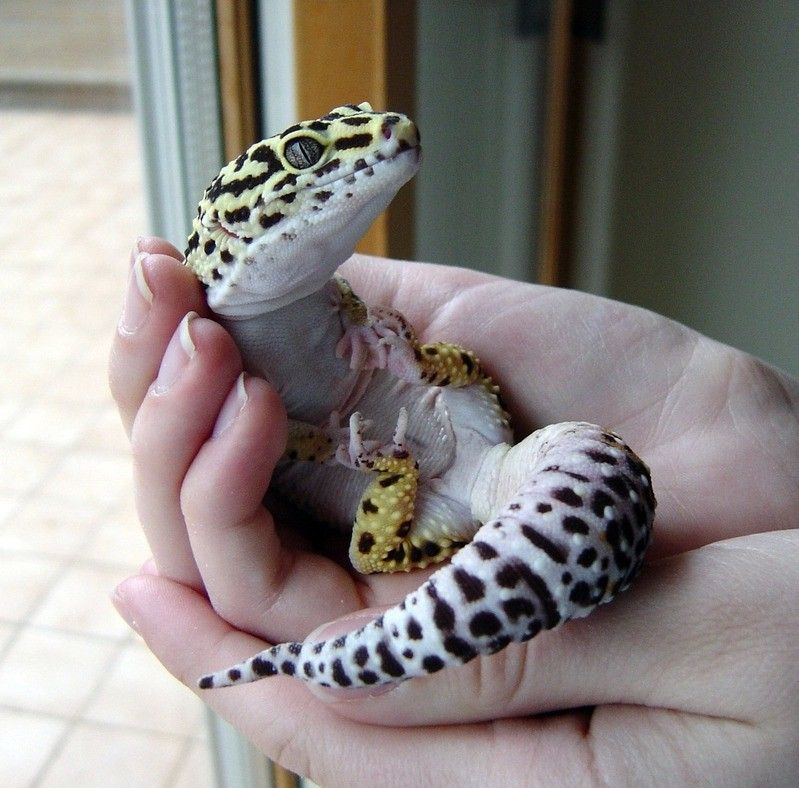 The best time to offer food is at dawn or dusk, as Leopard Geckos are crepuscular.
The best time to offer food is at dawn or dusk, as Leopard Geckos are crepuscular.
Find out more about why feeding at the right time is so important in our article here.
How Often To Feed A New Leopard Gecko
When you get a new Leopard Gecko, they will often refuse to eat while they settle into your home. Leopard Geckos are very sensitive to changes.
During this time, it is important to make water readily available. You should also try to establish a reliable feeding routine that your new Leopard Gecko can get used to.
In the beginning, offer food daily, no matter the age of your Leopard Gecko. Once they begin taking the food, you can then put them on an appropriate feeding schedule as above.
As soon as you get your new Leopard Gecko, measure and weigh it. Compare its weight and size with the average development rate of Leopard Geckos. You can refer to the approximate healthy weights below.
If your Leopard Gecko seems underweight or small, you may wish to feed them more often than you usually would. Just until you get them back on track.
Just until you get them back on track.
Also, it is a great idea to introduce your new Leopard Gecko to your vet. This initial visit will establish them as a patient and help you get the best advice for feeding your new Leopard Gecko.
Tip: Read our leopard gecko diet guide to learn everything you must know on how to feed a leopard gecko.
Approximate Healthy Weight Of Leopard Geckos By Age
| Stage | Age | Weight | Body Length |
| Hatchling | 0 months | 2 – 4 grams newborn | 3 inches |
| Baby | 1 month | 15 – 25 grams | 4 – 5 inches |
| 2 – 3 months | 20 – 30 grams | 5 – 5.5 inches | |
| Juvenile | 4-5 months | 25 – 35 grams | 5.5 – 6 inches |
| 6 – 7 months | 30 – 40 grams | 6 – 6.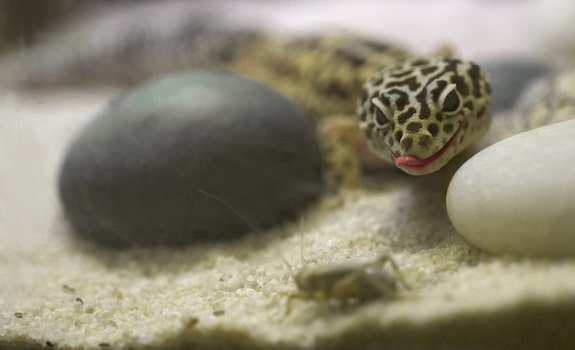 5 inches 5 inches | |
| 8- 9 months | 35 – 45 grams | 7 – 7.5 inches | |
| Adult | 10 – 12 months | 40 – 50 grams | 7.5 – 8 inches |
| 18 – 20 months | 60 – 90 grams | 8 – 12 inches |
How Often To Feed A Leopard Gecko That Is Laying Eggs
Quick answer: If your gravid Leopard Gecko is refusing food, offer food daily until she starts accepting it again.
A gravid Leopard Gecko is a female who is growing eggs in her belly and preparing to lay. This can happen whether the female has mated or not.
A gravid female needs a lot of nutrients, especially protein and calcium. This is because growing eggs takes a lot of energy and nutritional building blocks.
As such, you need to ensure your female Leopard Gecko is eating a varied diet that is well supplemented with calcium and vitamins.
Unfortunately, gravid Leopard Geckos tend to stop eating as their pregnancy progresses. One reason for this is that their bellies become visibly swollen with eggs. This doesn’t leave a lot of room to eat big meals comfortably.
One reason for this is that their bellies become visibly swollen with eggs. This doesn’t leave a lot of room to eat big meals comfortably.
When your female Leopard Gecko starts refusing food, or only accepting very small portions, you should start offering food more regularly. Stick to a good routine, but offer food daily, even if she isn’t taking it.
It is totally normal that a female Leopard Gecko will refuse food for weeks at a time when it is gravid. But, we should do all we can to prevent excessive weight loss or calcium deficiency. So, offer food daily until she is eating strongly again.
Your female Leopard Gecko may struggle to find the energy or mobility to hunt effectively during this time. You can assist her to eat with gentle hand feeding.
Find out how to properly hand-feed a Leopard Gecko in our article here.
How Often To Feed A Leopard Gecko During Brumation
Quick answer: Do not feed a Leopard Gecko for 10 days before brumation or during brumation.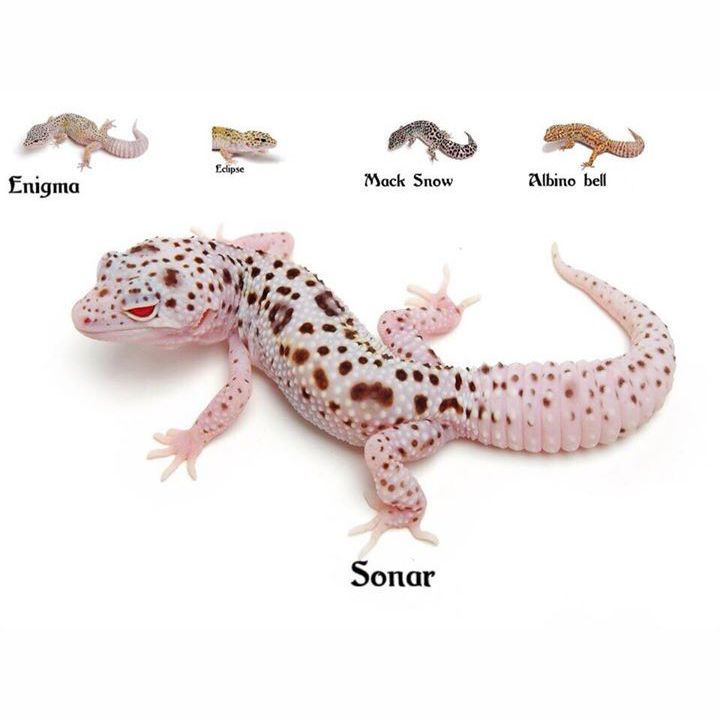
Seasonal temperature drops trigger wild Leopard Geckos to enter brumation. Brumation is similar to hibernation or torpor.
But, Leopard Geckos don’t tend to sleep solidly throughout. Instead, they may wake and walk around or drink.
If you choose to initiate a period of brumation for your pet Leopard Gecko, you will need to visit the vet first.
The vet needs to check for body condition and parasites and will advise you as to whether your Leopard Gecko is healthy enough to survive brumation.
If you do go ahead, you will need to put your Leopard Gecko through a fasting period before they enter brumation. Do not feed them anything. This is because if any food is left in their digestive tract, it will rot while they sleep.
The microorganisms that cause the food to rot will cause bloating, inflammation, and potentially infection. So, it is very important to starve your Leopard Gecko for 10 days before brumation begins.
Find out more about how long Leopard Geckos need to digest food in our article here.
During brumation, you should not feed your Leopard Gecko, even if they wake up. Following brumation, you will need to feed your Leopard Gecko a little more than usual. They will have lost weight and need to build up their fat stores.
FAQs
What Happens If You Feed A Leopard Gecko Too Often?
If you consistently feed your Leopard Gecko too often, you can cause them to gain too much weight. Eventually, this will lead to obesity-related illnesses. You can find out more in our article about why overfeeding is dangerous.
Is It OK To Feed My Leopard Gecko Every Day?
There are situations in which it is ok to feed your Leopard Gecko daily. Baby Leopard Geckos under the age of 4 months must be fed every day.
Also, sick Leopard Geckos, those who are gravid, or others who are not eating, should be offered food every day. Once they start eating well again, graduate them back to their usual feeding schedule.
Can Leopard Geckos Eat Once Per Week?
Some owners report that they only feed their adult Leopard Geckos weekly.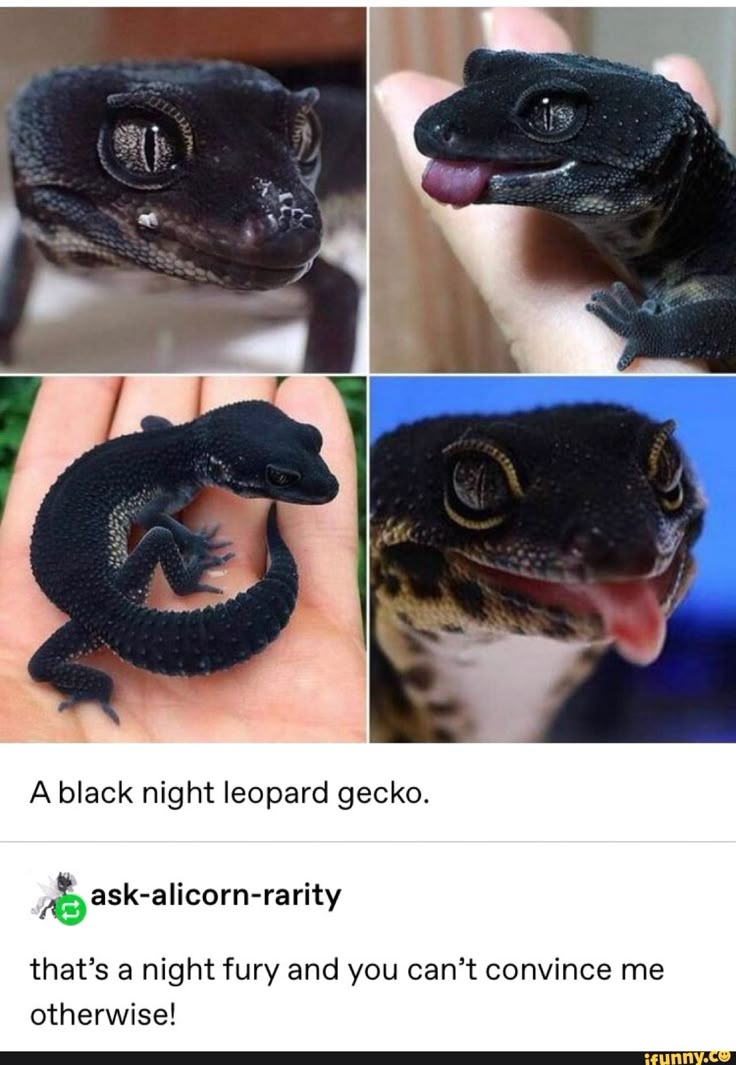 However, we recommend that adult Leopard Geckos should be fed 2-3 times per week. Read more in our article about how long Leopard Geckos can go without food.
However, we recommend that adult Leopard Geckos should be fed 2-3 times per week. Read more in our article about how long Leopard Geckos can go without food.
- Author
- Recent Posts
Pierre And The ReptileCraze Team
Hey! My name is Pierre, and I am the owner of this website. Since I was a child, I have had an enormous interest in reptiles. I have kept chameleons, bearded dragons, leopard geckos, and many other reptiles. A team of pet enthusiasts and I created this website to help other reptile keepers take care of their pets!
Latest posts by Pierre And The ReptileCraze Team (see all)
what is important to know, gecko menu, feeding features
Published: 11/10/2020 Reading time: 6 min. 7093
Share:
Contents
- Gecko menu
1.1. Gecko Diet
1.2. Where to get food - Feeding Features of the Gecko
2.1. Frequency of feeding
2.2. Serving Size
2.3. Feeding time
2.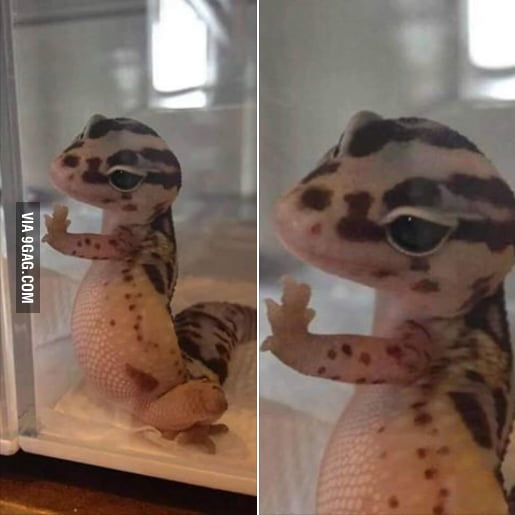 4. Feeding conditions
4. Feeding conditions
The gecko is exotic in every way. From unique and sometimes strange appearance to living conditions and habits. But this reptile also has a very common trait. Like all living beings, he needs to eat fully in order to maintain health, activity and his "presentable" exotic appearance. Some geckos have become real pets and have many color morphs. But, even the most "domestic" geckos need proper nutrition, mostly live food.
Gecko Menu
Before you buy a gecko, you should familiarize yourself with its gastronomic habits. This information may force you to change your choice in favor of a less exotic pet, because these reptiles prefer to eat live insects, and large species will not refuse small rodents and reptiles - mice or baby snakes.
But if such a menu does not seem repulsive, then it is useful to know other equally important nuances.
Gecko diet
A sample list of "meals" for a gecko that lives in captivity looks like this:
- cockroaches;
- crickets;
- earthworms and mealworms;
- larvae of any insect;
- grasshoppers and locusts;
- all Lepidoptera: butterflies, moths, moths;
- for some types - fruits and baby fruit purees.

Geckos are usually not picky and will eat anything they can fit in their mouths. Of course, the gecko's diet should be varied - this will help prevent beriberi and metabolic disorders caused by a mono-diet. But if you do not have the opportunity to constantly get new pet food and you are limited to a rather meager assortment of a pet store (usually crickets and mealworms), then you should take care of vitamins in a different form. For example, in the form of a Reptilife feed additive, which includes a complex of the most important substances for reptiles.
Where to get food
Given that insects must be alive and active (this is the main condition under which a gecko will be interested in a grasshopper or a worm), you can get food for your pet on your own in the summer. But it's important to make sure you're getting insects from environmentally friendly areas that haven't been treated with pesticides so you don't feed your pet with toxins.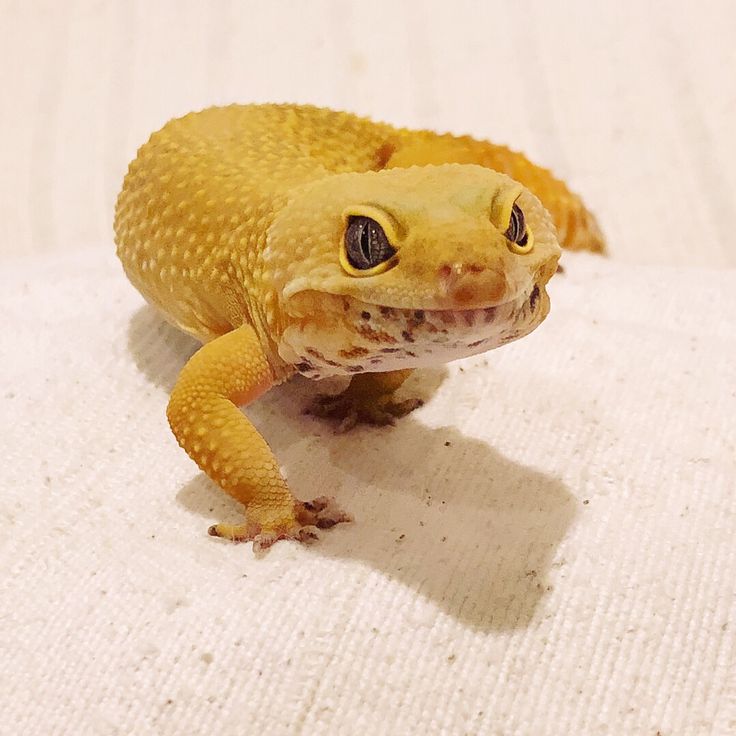 So this option is suitable for very few. Another option is to grow cockroaches, crickets or other insects on your own in a separate terrarium. But, given the appetite of the gecko, the most logical way out is a specialized store where you can buy reptile food. Captive-born geckos will readily eat even frozen insects. Don't forget to "feed the food" before giving it to your gecko! This will increase the benefits of mining several times.
So this option is suitable for very few. Another option is to grow cockroaches, crickets or other insects on your own in a separate terrarium. But, given the appetite of the gecko, the most logical way out is a specialized store where you can buy reptile food. Captive-born geckos will readily eat even frozen insects. Don't forget to "feed the food" before giving it to your gecko! This will increase the benefits of mining several times.
Gecko Feeding Features
In addition to menu preferences, these reptiles have other nutritional “requests”.
Frequency of feeding
Excessively frequent meals should not be allowed under any circumstances. Digestion in reptiles is quite slow, so before the next meal they need to completely digest the previous portion. For small geckos, one feeding per day is enough, and large ones are recommended to be fed even every other day. Juveniles feed more often, depending on age. And do not forget to maintain the correct temperature in the terrarium, as it depends on how fully the gecko digests its lunch.
Serving size
You need to focus on the size of the reptile. For example, 5-7 adult crickets are enough for a medium gecko, half a serving is enough for a small gecko, and double the serving for large species. One of the indicators that the pet is not starving is its tail. Fat and plump means your gecko is eating well and is definitely not starving. Too fat, which interferes with walking - that the pet is obese.
Feeding time
The main guideline is whether your gecko is diurnal or nocturnal. The first ones need to be fed during the day, closer to noon. And reptiles with a nocturnal lifestyle - closer to the night.
Feeding conditions
It's best if you let your gecko hunt crickets or cockroaches. But this is possible only if the terrarium has a tight lid, because not all insects are ready to dutifully wait until they are eaten. If instead of a cover there is a mesh, you can give food from tweezers, geckos quickly get used to the new food format for them.
Author: AVZ
Add comment
Rate article
Share:
Back to tips list
More tips related to
Common boa constrictor at home
Read more
How to properly care for an iguana during shedding season
Read more
Eublefar spotted, leopard lizard. Leopard Gecko - An Exotic Pet Size and Lifespan
Spotted gecko or leopard gecko is one of the most popular and beautiful lizards kept in captivity. Eublefar is valued for its amazing coloring and peaceful disposition.
Description
The basic color of the eublefar varies from pale beige to rich yellow. The upper part of the head, back and tail of adults are covered with dark spots of irregular shape, resembling the colors of a leopard. The abdomen has a soft pink hue. Sides are almost white. There are also eublefaras - albino , the cost of which is relatively high.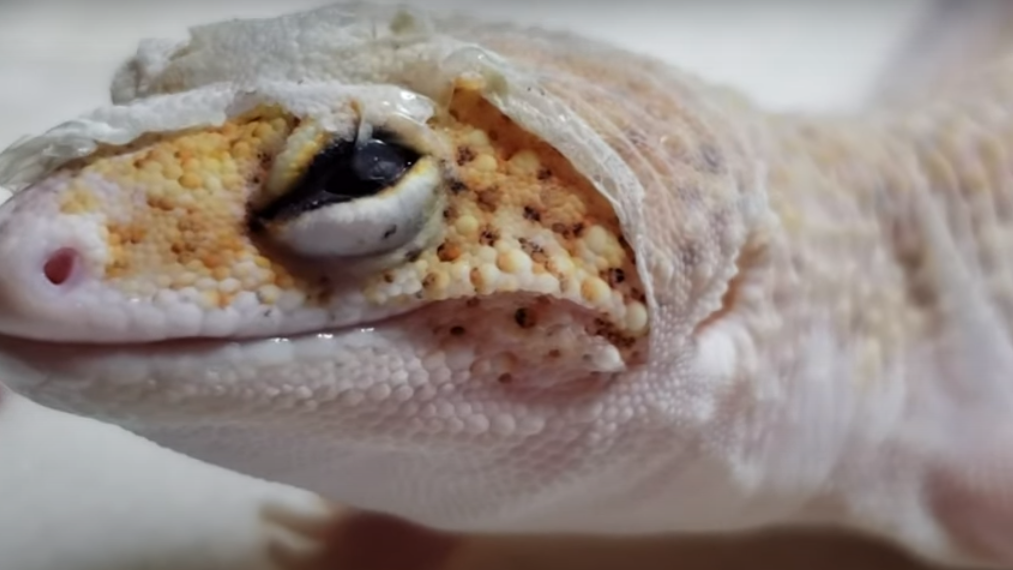 The color of the cubs is striped. At the age of 8 months, eublefaras acquire adult colors.
The color of the cubs is striped. At the age of 8 months, eublefaras acquire adult colors.
Eublephara gecko has amazingly soft skin and large almond-shaped cat-like eyes. The body length of this lizard reaches 16 cm. The length together with the tail reaches 25 cm. The head is massive. The tail is thick and swollen, it is deposited and stored reserves nutrients. An adult weighs up to 80 g.
Life expectancy in captivity reaches 20 years. Puberty in the Eublefara lizard occurs at the age of 1-2 years. Females are slightly smaller than males.
The nature of this lizard is docile. Eublefars, bred in captivity, calmly allow themselves to be picked up and can even distinguish the owner from other people.
In nature, spotted eublefar lives in dry steppes and mountain slopes of India, Pakistan and Afghanistan. This lizard often rises to a height of up to 2500 m above sea level. Males actively defend their territory.
Temperature in a terrarium should be 28-31 ºС during the day and 20-21 ºС at night. In winter backlight must be turned on 12 hours a day, in summer - 14 hours a day. The spotted eublefar requires a relative humidity of 40-50%. Once a day, the terrarium must be sprayed with drinking water from a spray bottle. Healthy eublefaras molt 2 times a month. At this time, high humidity is especially important for them. Eublefar also needs a lot of different shelters.
In winter backlight must be turned on 12 hours a day, in summer - 14 hours a day. The spotted eublefar requires a relative humidity of 40-50%. Once a day, the terrarium must be sprayed with drinking water from a spray bottle. Healthy eublefaras molt 2 times a month. At this time, high humidity is especially important for them. Eublefar also needs a lot of different shelters.
Feeding
Adult leopard geckos are fed every other day, while pups and pregnant females are fed daily. Occasionally adult may refuse to feed a week or even longer. These lizards feed on crickets, cockroaches, flour worms, centipedes, termites, wood lice. Some individuals eat mice. They can also hunt for their own cubs and other small lizards. Feed should be sprinkled with calcium powder several times a week.
It is better to remove uneaten insects from the terrarium, otherwise they may disturb the lizards. It is also important to ensure that eublefars always have a bowl of clean water.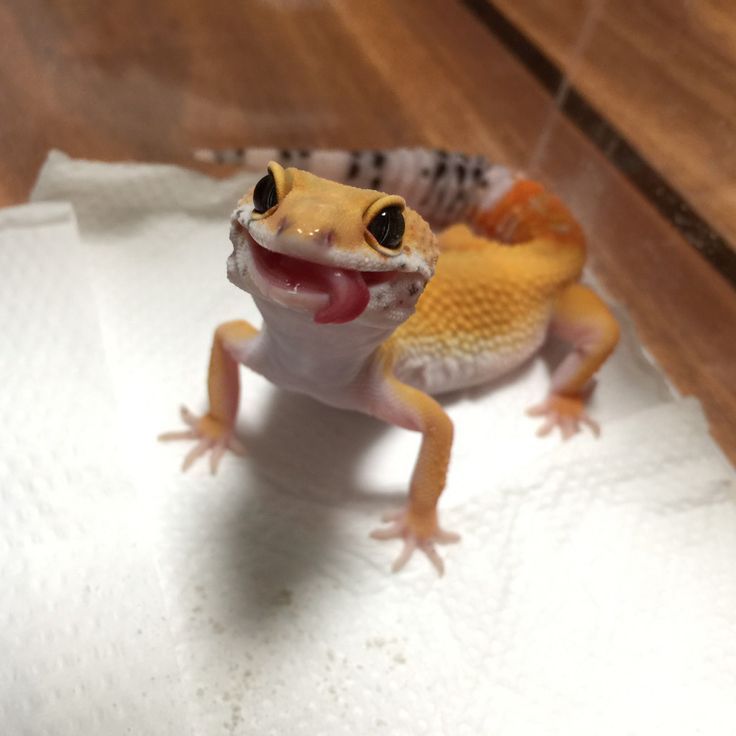 The health indicator of the eublefar is its tail. If the tail is thin, then the lizard is exhausted.
The health indicator of the eublefar is its tail. If the tail is thin, then the lizard is exhausted.
Breeding
Eublefaras breed from January to April. During this period, the female can lay up to 10 clutches, each with 1-2 eggs. The eggs are buried by the female in moist sphagnum. The incubation period for the development of eggs, as well as the sex of future lizards, depend on the temperature in the terrarium. At a temperature of 26-28.5 ºС, females hatch, at a temperature of 29-30 ºС, the chances of hatching females and males are approximately equal, and at temperatures above 30 ºС, males appear.
Puppies begin to feed after the first molt (usually this occurs on the 5th day of life). Adults and cubs are kept separately so that the former do not eat the latter.
Spotted leopard gecko won the hearts of terrumists. Under such an attractive and mysterious name is a lizard that can live not only in nature, but also at home. In narrow circles, it is customary to call it "leopard", due to the presence of spotted coloring. However, in character, one can find similarities between the spotted gecko and the cat: both can lap water with their tongues. The content turns out to be easy even for beginners.
However, in character, one can find similarities between the spotted gecko and the cat: both can lap water with their tongues. The content turns out to be easy even for beginners.
General information
Spotted eublefar most often lives in Asian countries and prefers rocky areas. However, people who are reptile lovers prefer the gecko.
The lizard can only be nocturnal. Natural instincts encourage you to hide in other people's minks.
Life expectancy in nature is five to ten years, with males always outliving females. At home, life expectancy increases to thirty years.
Advantages and disadvantages of keeping geckos at home
Advantages:
- The gecko has a friendly disposition.
- Care involves lightness and unpretentiousness.
- It is possible to buy and use a small terrarium.
- Possibility of easy breeding in captivity exists.
Faults:
- The terrarium must be kept at a certain level of humidity.
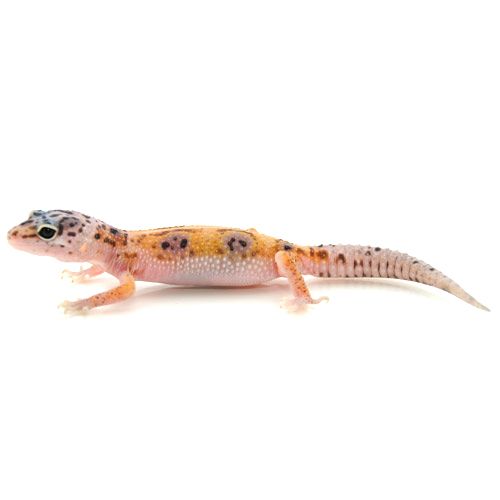
- Eublefar will always be awake at night, so not every person will be able to see their pet active.
Description
Appearance can be different in natural and domestic conditions. This is largely due to the influence of selection.
Any gecko should be spotted.
The dimensions indicate that the eublefar is a small lizard: the body length is 20 centimeters, but in some cases representatives can grow up to thirty centimeters.
The tail is most often massive and thick. Moreover, in nature, the tail is required to retain moisture. A lizard can drop its tail due to injury, being sure that it will definitely grow back. However, the subsequent ponytail will be shorter and narrower. The lizard has a large and triangular head. It can be noted elongated and bulging eyes, reminiscent of a cat. The body is covered with numerous small scales. Pimply scales stand out among them. The lizard has thin legs with five fingers.
The color may be different, because it depends on the conditions of the lizard:
- Natural factors determine the yellowish-gray color of the body with the presence of dark spots.
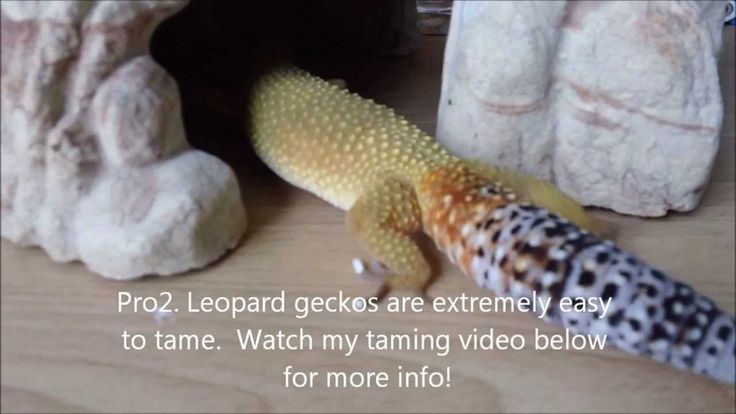 On the tail you can see the transverse rings.
On the tail you can see the transverse rings. - Domestic individuals have a completely different color. In addition, selection made it possible to increase the number of variations to 100.
Main features of the content
What should be the care of a gecko at home?
Individuals are characterized by an unpretentious nature, so that any potential trouble is eliminated. The most important thing is feeding. Lizards have a sweet and harmless character, but when eating, the predator instinct appears. Under natural conditions, the gecko preys on various insects.
So, what to feed a pet lizard?
- The best choice - crickets, cockroaches, grasshoppers, newborn mice. If the terrarium has enough free space, eublefar can enjoy the process of hunting.
- It is desirable to exclude very large insects from the diet.
- It is advisable to feed every 1-2 days. However, up to 3 months, you need to feed the domestic lizard daily.

- The gecko may refuse food for several days. However, this circumstance should not lead to panic. The tail of the lizard contains a large amount of nutrients.
- Sometimes you need to add calcium powder to your meal.
Knowing what and how to feed your pet, you can help maintain his health and guarantee a long life at home.
gecko house option
Which terrarium is ideal for a house lizard?
- It is advisable to use a small terrarium. At the same time, you need to provide enough space for an active lifestyle.
- Optimum dimensions for 1 - 2 individuals - 50 by 40 by 30 cm.
- Sand must not be used for soil, as it may be accidentally swallowed with food. The best option is pebbles and small pebbles.
- Preferably heat the terrarium. During the day, the temperature should be 29 - 31 degrees, at night - a couple - three degrees less.
- Sharp fluctuations in temperature are unacceptable, otherwise the lizard will feel unwell.

- Optimum air humidity should not exceed forty-five percent. This requires spraying.
Basic selection rules
How can I choose a leopard gecko? What factors should be taken into account when trying to ensure the good health of the lizard?
- Tail should be thicker. Moreover, if the thickness should be as large as possible. This primarily applies to adolescents and adults. Babies have thin tails that should only "gain strength". A thick, long tail indicates the good health of the gecko. It is in this part of the body that nutrients are stored that should be deposited for stressful and difficult situations. The functions of the tail can be compared with the hump of a camel, which contains fat reserves for heat, drought, hunger. In order to understand how properly caring for eublefar is carried out, you need to monitor the tail, because a decrease in its thickness indicates constant stress, malnutrition, and illness. It should be remembered: when moving to a new house, the lizard's appetite may worsen, and the tail will lose weight, but subsequently the animal will get used to the conditions and everything will return to normal.

- One terrarium is not suitable for several males. This must be remembered if you plan to breed a pet. The ideal option is a careful examination of sexual characteristics.
- The sex of a gecko can be determined only from five to six months. For this reason, the first gecko can be bought earlier, but then you need to buy an adult and know that 2 males will not be kept in the terrarium. If solitary content is assumed, gender ceases to be important, since males and females have a beautiful appearance and a sweet character.
- It should be noted that a large terrarium is required if you need to keep several females. Only with this approach it is possible not only to guarantee comfortable conditions for lizards, but also the possibility of their peaceful life together.
- Breeding eublefar requires the purchase of an additional terrarium. It is important to remember: the male should not be with the female on a permanent basis, because otherwise the females will have to constantly mate and breed, undermining their health.
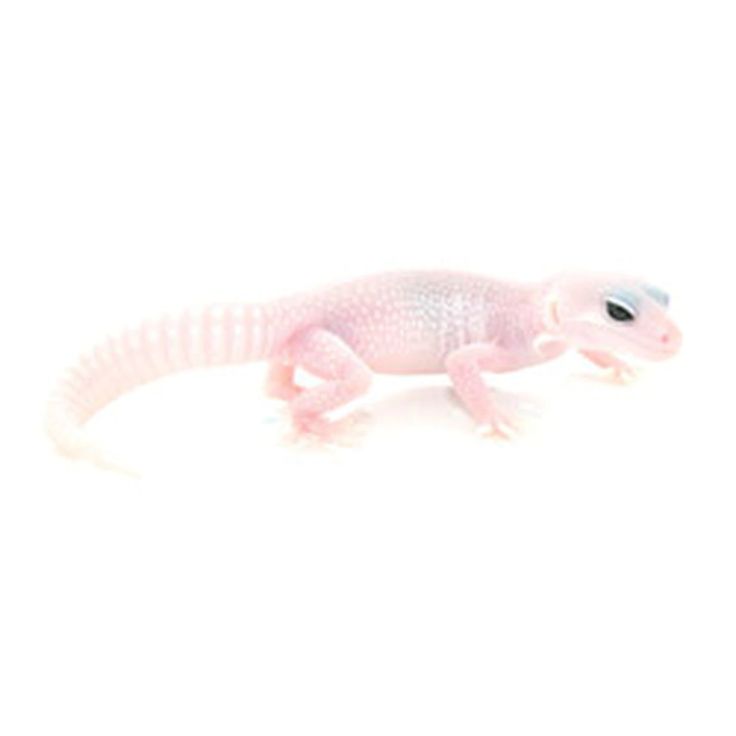
- When choosing a leopard gecko, you need to make sure that there are no small scratches, abrasions. Such damage to the skin indicates skirmishes between individuals that are included in one group. Scratches and abrasions can heal quickly if they are treated with a healing ointment. In any case, you need to pay more attention to the lizard and try to understand the features of its character.
- It is advisable to carefully examine the eyes and eyelids, after which you can move on to the toes. You should make sure that there is no old skin left after molting. Such skin is harmful to the pet, so it must be removed with water.
- The complexion of a lizard deserves attention. The abdomen should be plump, but not bloated, otherwise pregnancy or illness can be suspected. Rickets, which the gecko often suffers from, is manifested by thinness, a thin neck, the absence of a thick tail, apathy and lethargy, twisted legs, and staggering when walking. The presence of hanging sides indicates obesity.
 With such deviations in health, more nuances will need to be taken into account in order for the content to be favorable for the pet.
With such deviations in health, more nuances will need to be taken into account in order for the content to be favorable for the pet. - Cubs and juveniles often change color as they grow older, so you need to be prepared for the fact that the initial color can change dramatically.
The gecko must be healthy, beautiful and friendly.
Most important questions
How should geckos be kept?
- The terrarium must measure 40x60x40 centimeters. A large and tall house is undesirable to choose.
- The temperature must be controlled. It is important to remember: at night it is advisable to turn off some lamps, preventing the temperature from dropping to 20 degrees. Moreover, sudden changes can lead to pet diseases.
- The gecko needs UV light. For this reason, UV lamps labeled 10% should be used, ensuring that they burn 12 hours a day.
- What to feed insectivorous lizards if they live at home? The diet should consist of a variety of small insects.
 However, mealworms alone are not suitable, as if they are fed frequently, there is a risk of fatty liver.
However, mealworms alone are not suitable, as if they are fed frequently, there is a risk of fatty liver. - How often should a gecko be fed? The optimal scheme is five to ten insects per feeding. When the lizard is sleeping, crickets and grasshoppers should be removed, which can damage the lizard's skin.
- It is important not only to feed the lizards regularly and correctly, but also to give them vitamins and mineral supplements. In order to fully feed the young animal, you need to use special mineral powders.
- How to decorate a terrarium? Several shelters, a reservoir are obligatory. The most important thing is to avoid sharp objects that can cause injury.
- The terrarium must be with soil, except for fine sand and shavings.
By remembering what care should be and following important rules, you can be sure: the gecko will please with good health, long life, friendliness and become a true friend.
Eublefar spotted ( Eublepharis macularis )
Class - reptiles
Order - scaly
Family - geckos
Genus - eublefars
Appearance
Eublephar size is small, about 20 cm, and only occasionally there are large representatives - up to 30 cm.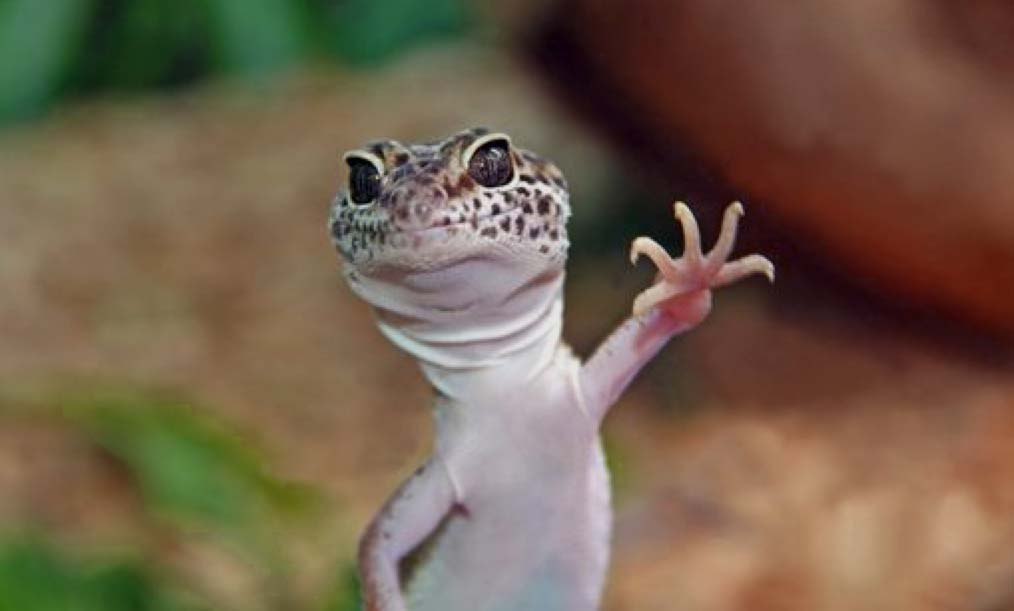 Their entire body is covered with small scales, on which pimples stand out here and there - separate cone-shaped scales, and on the chin the scales are larger, shielded. The paws of spotted eublefars are thin, of medium length with five elongated and rounded fingers, and under the front paws there are so-called armpits - leather pockets, the purpose of which scientists have not yet determined. Even spotted eublefaras have rather large bulging and elongated eyes, similar to a cat's and protected from above and below by movable eyelids. As for coloration, in nature the general tone of the body of lizards is yellowish-gray with dark spots. These spots are located mainly on the upper body, on the sides, on the head and near the lips. And on the tail, besides them, there is a different pattern - wide transverse rings, which are more clearly developed in young animals.
Their entire body is covered with small scales, on which pimples stand out here and there - separate cone-shaped scales, and on the chin the scales are larger, shielded. The paws of spotted eublefars are thin, of medium length with five elongated and rounded fingers, and under the front paws there are so-called armpits - leather pockets, the purpose of which scientists have not yet determined. Even spotted eublefaras have rather large bulging and elongated eyes, similar to a cat's and protected from above and below by movable eyelids. As for coloration, in nature the general tone of the body of lizards is yellowish-gray with dark spots. These spots are located mainly on the upper body, on the sides, on the head and near the lips. And on the tail, besides them, there is a different pattern - wide transverse rings, which are more clearly developed in young animals.
Habitat
Distributed from eastern Afghanistan through Pakistan to western India.
Inhabits rocky foothills and semi-fixed sands.
Lifestyle
By the nature of activity, this lizard is rather a nocturnal animal.
Spotted geckos live in the wild in small groups, in which the male leads, and with him several females. It is common for male lizards to guard their territory, protecting it from intrusion by other males.
Spotted geckos drink water like cats, lapping it with their tongues.
They mainly prey on insects, but sometimes they are able to “feed” their own kind, only smaller relatives. And sometimes spotted geckos eat the offspring of other geckos.
Reproduction
Male spotted geckos, feeling the proximity of the “girl”, vibrate their tail and make a kind of crackling, and also behave quite aggressively towards females, not to mention rivals. Therefore, in the wild, each group of eublefars with one male at the head has its own territory. The female spotted eublefar arranges the first clutch in February, laying 3-4 pairs of eggs. Then, at intervals of a month, other clutches of approximately the same characteristics follow, and this can continue up to 10-13 times per season. To preserve the eggs, females hide them in wet sand. The incubation period directly depends on the ambient temperature. At 27°C it is about two months, at 30°C - about one and a half. The temperature also affects the sex of the offspring of spotted eublefars. Females hatch at the same 27°C, and males at 30°C. In addition, the pregnant spotted eublefar becomes especially voracious, and before laying begins to actively hide in shelters. When the offspring is born, after 5 days its first molt begins, after which the babies begin to eat.
To preserve the eggs, females hide them in wet sand. The incubation period directly depends on the ambient temperature. At 27°C it is about two months, at 30°C - about one and a half. The temperature also affects the sex of the offspring of spotted eublefars. Females hatch at the same 27°C, and males at 30°C. In addition, the pregnant spotted eublefar becomes especially voracious, and before laying begins to actively hide in shelters. When the offspring is born, after 5 days its first molt begins, after which the babies begin to eat.
The life expectancy of this reptile is average: stronger males can live up to 8-10 years in nature, slightly smaller females - 5-8 years, and fertile lizards rarely live up to 4 years.
These reptiles show an amazing attachment to humans for lizards, over time they are even able to recognize their owner among other people. Spotted geckos are incredibly clean. They learn to defecate in a certain place and never litter its entire territory.
Up to 6-7 months of age, animals can be kept in groups with 4 or 5 females and one male. When kept in captivity, lizards do not require large areas. For a group of animals, a 40x40x30 terrarium is sufficient. It requires a small container of water. Although geckos eat at + 14-16 ° C, for good health and growth they are warm in the place of heating. Heating can best be provided by installing a heating cable in a hiding place under the bottom of the terrarium.
When kept in captivity, lizards do not require large areas. For a group of animals, a 40x40x30 terrarium is sufficient. It requires a small container of water. Although geckos eat at + 14-16 ° C, for good health and growth they are warm in the place of heating. Heating can best be provided by installing a heating cable in a hiding place under the bottom of the terrarium.
Until the age of 3 months, eublefors should be fed daily, from 3 to 6 months - every other day, then - 2-3 times a week.
It should be noted that the spotted eublefar is quite unpretentious in terms of food. He willingly crickets, cockroaches, grasshoppers, mealworms, spiders, newborn mice and will never refuse to feast on a lizard of a suitable size. Adult females willingly eat pieces of juicy fruits (bananas, apples, pears) and vegetables (cabbage, carrots).
Small leopard geckos feed on insects of a suitable size, but calcium supplements and weekly fortification are required.
In favorable artificial conditions, the spotted eublefar can survive up to 30 years.
Among lovers of observing the life and habits of reptiles, the most common and popular is the leopard gecko, or spotted (leopard) eublefar - an unpretentious domestic lizard.
Distribution
These lizards are widespread in Asia - India, Afghanistan, Pakistan, Turkmenistan, Iran. They prefer arid regions of these territories, having perfectly adapted to local climatic conditions. Eublefar spotted is a nocturnal animal: in the hot time of the day, he hides from the scorching southern sun. Only with the onset of dusk do the lizards go hunting.
Under natural conditions, eublefar feeds on various insects, small vertebrates, including smaller lizards. During dry periods, cases of eating their offspring have been recorded.
Variety of species
Eublephar was described by British zoologist Edward Gray in 1827, but even today this lizard causes a lot of controversy about belonging to a particular species. This is probably due to the fact that some of them have not been fully explored. Today, there are five types of zublefars:
Today, there are five types of zublefars:
- Iranian
Inhabits the territory of Iraq and Iran. Much less common in Turkey and Syria. Differs in the largest sizes in the family and long legs.
- Eublefar Hardvika
This species is sometimes referred to as East Indian Spotted. It is a native of India and Bangladesh. To date, little studied. Individuals of this species are distinguished by reddish-brown stripes on the back, and in addition, in case of danger, they can make shrill sounds.
- Afghan gecko
Scientists conditionally consider it a separate species, although some zoologists prefer to consider it a subspecies.
- Turkmen
This lizard lives in the southern regions of Turkmenistan. It is considered an endangered species, which is listed in the Red Book of the Republic. A feature of this species is the presence of scales (pholidosis) and the ability to make loud sounds.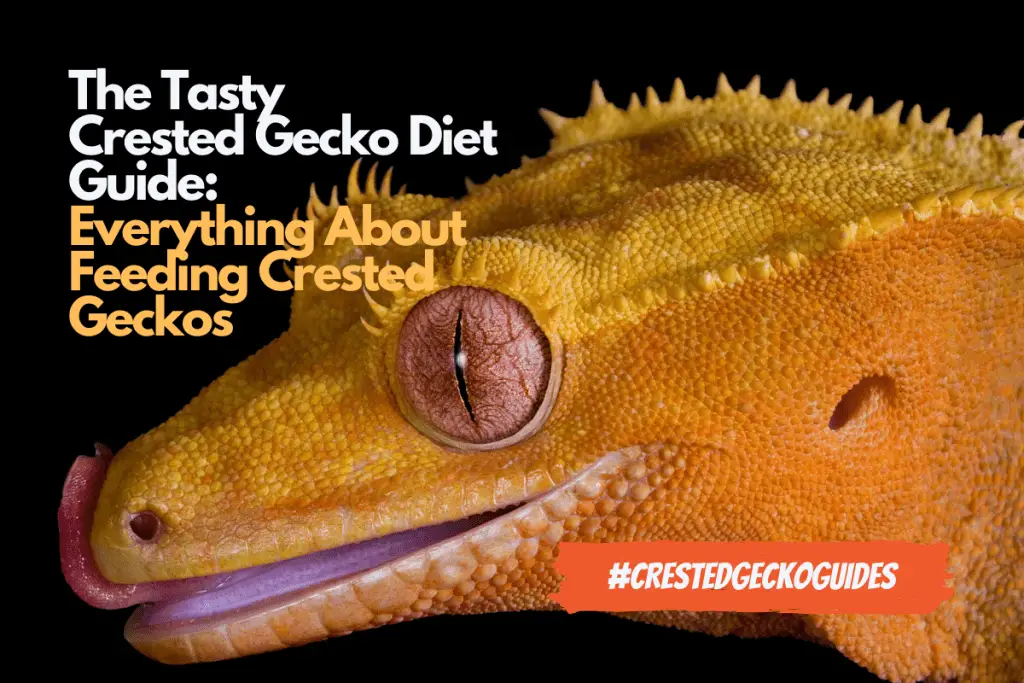 A rather controversial species, most likely a subspecies of the leopard gecko. It is distinguished by yellow transverse stripes on the tail and back.
A rather controversial species, most likely a subspecies of the leopard gecko. It is distinguished by yellow transverse stripes on the tail and back.
- Leopard (spotted) gecko
The species that is most often kept at home. We will talk about it in more detail.
External features
It should be noted that the appearance of the spotted eublefar may differ significantly from its counterparts living in natural conditions. This is due to the fact that in nature this gecko lives in deserts, and the domesticated spotted eublefar is the result of selection. But this is one of those rare cases when human intervention was beneficial: it was possible to achieve a more saturated bright color compared to the natural one.
Today there are about a hundred different color variations - from very light to very dark. An indispensable condition is the presence of dark rings on the tail and spots on the body. It is for the spots that the gecko got its name - leopard.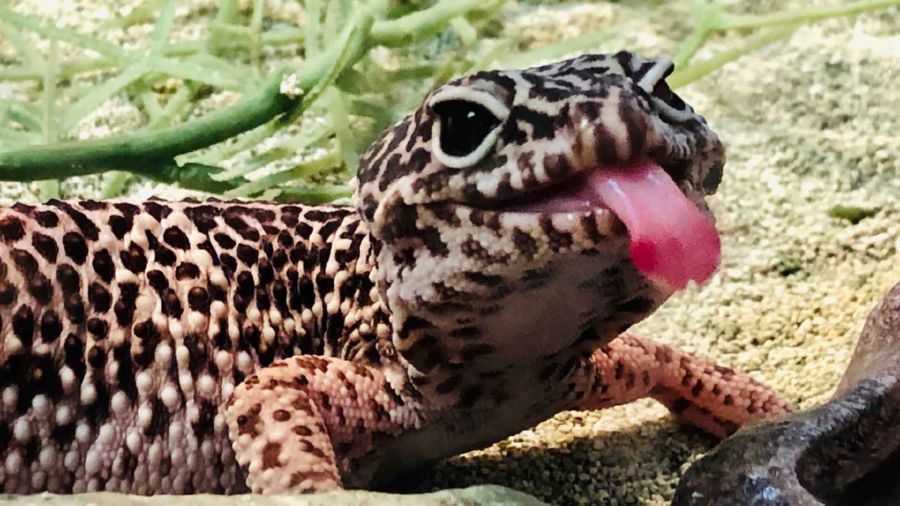 In addition, he drinks water like a cat, lapping it with his tongue. The eyes of the spotted eublefar also look like a cat's - they are slightly bulging and elongated.
In addition, he drinks water like a cat, lapping it with his tongue. The eyes of the spotted eublefar also look like a cat's - they are slightly bulging and elongated.
These are quite large lizards - the average length of an adult individual is from 20 to 25 cm, but sometimes representatives up to 30 cm are found. The head is triangular in shape, paws are small with five fingers. The tail is massive. During the period of drought, zublefar spotted accumulates the necessary liquid in it. Like most lizards, in case of danger it can shed its tail, which grows back over time, but is no longer as massive as before.
Sex determination
Inexperienced owners of these lizards are interested in: “How to determine the sex?”. Eublefar spotted (male) is noticeably larger than the female, it has a more powerful build, a broad neck, a massive head, a tail thicker at the base with several preanal pores (yellowish-brown small dots). It is possible to accurately determine the sex of eublefar at the age of six months.
Eublefar spotted: content
Undoubtedly, eublefar is an exotic pet. However, this does not mean that he needs complex care. Even for an inexperienced owner, spotted eublefar will not cause big problems. Keeping it in an apartment is not difficult at all. Some who wish to purchase such a lizard fear that it is a natural predator, but at home it does not pose a danger to humans, because, born in captivity, these lizards are not aggressive, quickly get used to a person and very soon go to his hands. It's time to find out what you need to keep a spotted eublefar.
Terrarium
Of course, the first thing to think about is a home for your pet. The terrarium for eublefar must be at least 30 x 30 x 30 cm in size. As a rule, young animals are kept in a container of this size. For older individuals, the size of the terrarium should be larger - 40 x 40 x 40 cm. For three geckos, a horizontal terrarium, 50 x 30 x 30 cm in size, is suitable. so that the lizards can move freely along it, hide in shelters built into the wall, and sit on the shelves.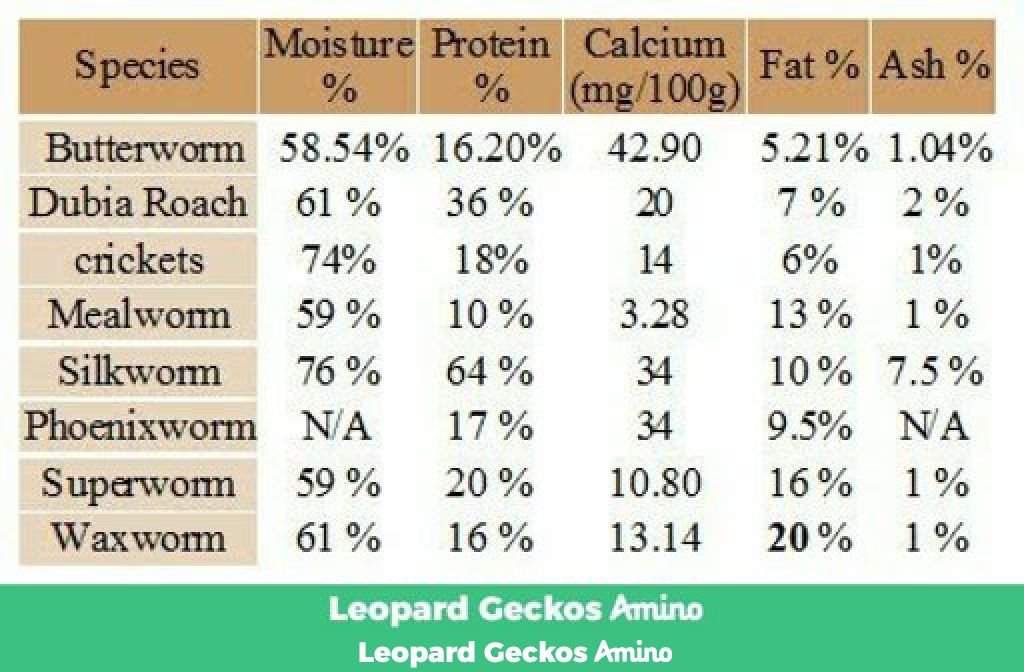 For young animals, it is not at all necessary to immediately acquire a large volume: it is difficult for them to hunt there, so they feel much more comfortable in small spaces.
For young animals, it is not at all necessary to immediately acquire a large volume: it is difficult for them to hunt there, so they feel much more comfortable in small spaces.
However, after six months, geckos begin to travel and explore the territory with interest. Many owners believe that in a large volume, spotted eublefar grows much faster.
Shelters
It is necessary to create several shelters for your pet throughout the terrarium: in a warm corner where the heating is located, and in a cold one. The gecko will choose for himself a comfortable place to rest. Eublefar needs a wet chamber for molting. It should always be in a warm corner, otherwise the gecko will hibernate itself and may refuse to eat. We will describe below how the wet chamber is equipped.
Coconut halves can be used as practical, environmentally friendly and inexpensive shelters.
Temperature
Since the leopard gecko is a cold-blooded lizard, it needs heat to digest food. The most popular option is the bottom heating. For this purpose, you can use a thermal cord or a thermal mat purchased from a specialized store.
The most popular option is the bottom heating. For this purpose, you can use a thermal cord or a thermal mat purchased from a specialized store.
The heating point must be maintained at a temperature between +28 and +32°C. Heating is placed in one corner of the terrarium, thereby heating from a third to a quarter of the area of the bottom of the terrarium. If the air temperature in the room does not fall below +22 °C, then the heating can be turned off at night. For young animals up to three months, the heating must be turned on all the time.
Humidity
The terrarium for eublefar does not require constant maintenance of humidity levels, as it is a desert lizard for which dry air is a normal habitat. But it is necessary to create a small wet zone (chamber). To do this, take any container, fill it with wet sand (paper, sawdust) and place it in a cool area. It is necessary for the gecko in order to more easily endure the molt, or for rest.
Soil
We have already said that eublefar spotted at home does not require complex care. So he does not apply too strictly to the soil in the terrarium. Sand, and newsprint is better, especially for young lizards, is ideal. But if the owner wants a beautiful design of the terrarium, small pebbles with rounded edges should be used.
So he does not apply too strictly to the soil in the terrarium. Sand, and newsprint is better, especially for young lizards, is ideal. But if the owner wants a beautiful design of the terrarium, small pebbles with rounded edges should be used.
In addition, it should be borne in mind that eublefar is an extremely curious creature and almost everything that comes in its path, tries on the tongue. In this regard, it is better to refuse various mixtures and fillers.
Lighting
Eublefars are twilight animals, so they do not need lighting. You can install a regular 40 W incandescent lamp (mirror), which will help create an imitation of solar heating.
Water
Any small container will do. Eublefaras drink clean settled water, lapping it with their tongues like kittens. Meanwhile, these lizards, like all geckos, love to lick off drops of fresh water, so there is no urgent need for a drinker when spraying every day, although it will not become superfluous.
Food
At home, eublefara can be fed with the following foods:
- mealworm;
- crickets;
- locust;
- mice;
- feed cockroaches.
Calcium must be constantly present in the terrarium. To do this, it is mixed with a vitamin mixture (for better absorption), placed in a low container.
To control the amount of food eaten, it is better to use tweezers than free feeding. With proper care and maintenance, the leopard eublefar lives in captivity for up to twenty years or more.
Of all the species diversity of the gecko family, one of the most common lizards for keeping at home among both beginners and professional terrarium keepers is the spotted gecko. And this is not surprising, because along with good looks and a positive character, leopard geckos show an amazing attachment to humans for reptiles.
Spotted gecko (Eublepharis macularis) or leopard gecko belongs to a fairly large family of Gekkonidae (chain-footed). This family received such a peculiar name because of its peculiarity, it is easy to move around and lead a more vertical than terrestrial lifestyle. This is due to the physiological structure of the body of these reptiles and the unique adaptations on their fingers.
This family received such a peculiar name because of its peculiarity, it is easy to move around and lead a more vertical than terrestrial lifestyle. This is due to the physiological structure of the body of these reptiles and the unique adaptations on their fingers.
Spotted gecko is distinguished by a very calm and docile nature, which is combined with a pretty and very fragile appearance. The lizard looks at the world as if smiling affably. Absolutely not aggressive, he quickly gets used to his owner and shows interesting habits.
It has no smell, does not cause allergies. Some pets are so attached to a person that they just ask for pens. In the morning, in a warm human palm, a gecko may doze off. And it seems that it is about to purr like a cat.
As a terrarium animal, the leopard gecko is an easy fit for families with small children. In this case, you should not even think about such curiosities as bites or any other injuries caused by animals to humans.
Despite the fact that in nature they are nocturnal animals, in the terrarium the gecko quickly gets used to feeding during the day and is always in sight.
Leopard look
Eublefar reaches a length of 30 cm (including the tail). He, like other geckos, has a fairly large head and, unusual for lizards, a thick tail. The body is covered with small scales.
The color of geckos is mostly yellow with various variations of dark brown spots and tubercles. Juveniles also have white on their bodies. Although there are albino forms.
The tarsi are thin, of medium length, with five elongated and rounded toes. Under the forelimbs are the so-called armpits - leather pockets, the function of which is not yet clear to scientists. On the paws are thin claws, with the help of which lizards can move on soft surfaces.
The eyes of the leopard gecko are cat-like - large, protruding and elongated. Unlike other representatives of the Gekkonidae family, the spotted gecko has developed movable eyelids, which makes this animal even more attractive.
Habitat
The spotted gecko ranges from Afghanistan, Pakistan to western India. The lizard prefers to settle in rocky areas of the foothills and sandy areas, but is most often found in semi-fixed sands. In open desert areas, the animal feels uncomfortable and avoids them.
The lizard prefers to settle in rocky areas of the foothills and sandy areas, but is most often found in semi-fixed sands. In open desert areas, the animal feels uncomfortable and avoids them.
Spotted gecko lifestyle
Like most geckos, our hero leads a twilight and nocturnal lifestyle, and spends the day in shelters and burrows. Enlarged eyeballs with vertical pupils testify to the nocturnal nature of his life activity. Therefore, you should not be alarmed if the pet is not active during the day, and lying in a shelter or climbing out into an open area of \u200b\u200bthe terrarium, sleepily warms up. With the onset of twilight, the eublefar will get out to "hunt".
Under natural conditions, spotted eublefaras live in small colonies consisting of one male and several females. The male jealously guards his territory from invading competitors.
Life expectancy of males in nature is 8-10 years, single females - 5-8 years. Females, who constantly lay eggs, live even less - only 3-4 years.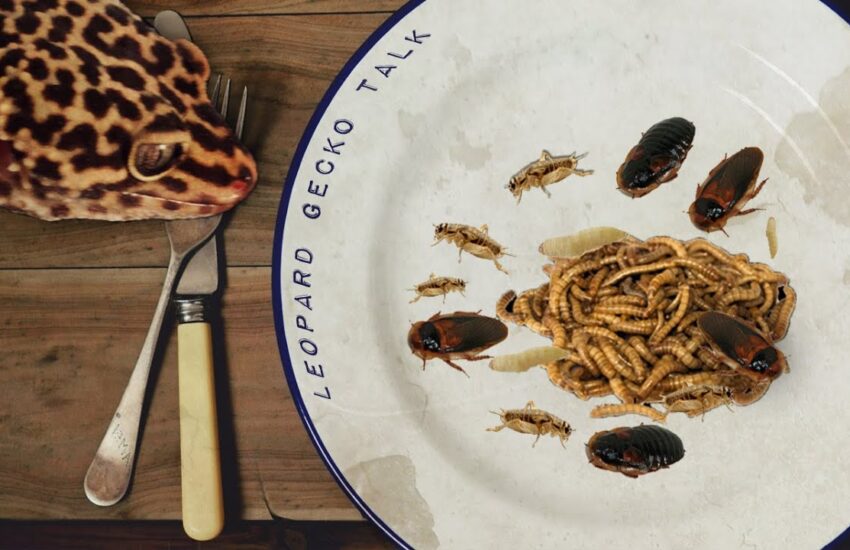
In captivity, under favorable conditions, the spotted eublefar can live for more than 20 years. There are cases when these lizards lived up to 30!
What to feed the spotted eublefar?
In nature, "leopards" mainly prey on insects, but sometimes they can also profit from their own kind, only smaller relatives.
Favorite food of spotted geckos at home is crickets (brownies, bananas, two-spotted crickets). The Turkmen cockroach (Shelfordella tartara) has also proven itself as a food object, since it is very soft and easily reproduces without requiring special conditions. Eating it, eublefar even squints with pleasure.
Marbled (Nauphoeta cinerea) and larvae of Madagascar (Gromphadorhina portentosa) cockroaches are eaten well. A mealworm (Tenebrio molitor) can also be included in the diet of eublefars. Before serving insects, it is advisable to feed them with various greens, and then sprinkle them with vitamins for reptiles or calcium powder (this is especially important for females during the breeding season). Some individuals will not refuse newborn mice, but it is often not worth giving them. Do not forget that the gecko is still an insectivorous reptile. Spotted geckos do not eat various fruits, berries and other vegetation.
Some individuals will not refuse newborn mice, but it is often not worth giving them. Do not forget that the gecko is still an insectivorous reptile. Spotted geckos do not eat various fruits, berries and other vegetation.
Feeding the leopard gecko is a lot of fun. It is advisable to present food to him from the hand or with tweezers: this way the reptile will receive its portion and will not swallow pebbles when hunting, and you will be sure that there are no cockroaches that could escape and lead a wild life in your apartment in the terrarium. Moreover, eublefar will be happy to accept the proposed food in this form. In addition, hand-feeding will speed up the process of taming the animal. "Hunting" for food, the gecko stands on outstretched paws and briefly taps its tail.
In the summer, various orthopterans (Orthoptera) from the grasshopper (Tettigoniidae) and grasshopper (Acrididae) families can be caught in the lizard meadow. This should be done away from agricultural fields and gardens, as insects can be poisoned by pesticides. If you feed grasshoppers, then crush the head before feeding large individuals, as grasshoppers have strong jaws that can injure your pet.
If you feed grasshoppers, then crush the head before feeding large individuals, as grasshoppers have strong jaws that can injure your pet.
Eublefars older than a year are fed 2-3 times a week. For one feeding, an adult gecko can eat an average of 5 crickets.
The diet of young people is different. Very small geckos under the age of 1 month are fed 1-2 times a day - 1 cricket per feeding is enough for them. Lizards from 1 to 3 months old are fed once a day - they give 2 crickets. At the age of 3 to 6 months, geckos are fed every other day - an average of 1-3 large crickets per feeding. And for animals from six months to a year, it is enough to give food 2-3 times a week in the amount of 3-4 large crickets at a time.
The terrarium must have a drinking bowl with water. It is good to use a Petri dish in this case, which has low edges. Water must be renewed at least every other day.
Keeping geckos in a terrarium
Gecko can be kept either alone or in pairs. Under no circumstances should several males be placed in one terrarium - fights in this case are simply inevitable. Eublefaras can fight for territory up to the death of one of the competitors. By themselves, lizards are not aggressive, but they are exclusively territorial, they do not tolerate strangers. If you want to keep more than one gecko, it is better to get one male and several females. Since males are too loving, it is recommended to settle with a gecko not one girlfriend, but at least two. He will constantly terrorize the one and only “wife” with his harassment. By the way, under certain conditions, eublefaras breed relatively easily in captivity.
Under no circumstances should several males be placed in one terrarium - fights in this case are simply inevitable. Eublefaras can fight for territory up to the death of one of the competitors. By themselves, lizards are not aggressive, but they are exclusively territorial, they do not tolerate strangers. If you want to keep more than one gecko, it is better to get one male and several females. Since males are too loving, it is recommended to settle with a gecko not one girlfriend, but at least two. He will constantly terrorize the one and only “wife” with his harassment. By the way, under certain conditions, eublefaras breed relatively easily in captivity.
For one individual, a 40x40x40 cm terrarium is enough, for a pair - 60x40x40 cm, and for a group of three to seven lizards - 100x40x40 cm. even a little lower - 35 cm.
It is recommended to use a glass terrarium, not a plastic terrarium, as the leopard will scratch it with its claws and over time the plastic will become dull. The terrarium should be well ventilated with tightly closing doors.
The terrarium should be well ventilated with tightly closing doors.
The temperature should be maintained at 27-31°C, and in the coldest corner of the terrarium the temperature should be around 24°C. heating lamp is more preferable.
Humidity in a room with a lizard can range from 40 to 55%. It is achieved by spraying or placing a drinking bowl in the terrarium, which has a large bottom area. During the molting of lizards, the humidity must be increased. To do this, it is enough to put a wet rag folded 2-3 times into the terrarium. Animals sometimes lie down on it to soak old skin.
Lighting is of great importance when keeping spotted eublefar. Be sure to install an ultraviolet lamp (for example, Hagen "Repti Glo 5.0").
Since geckos are nocturnal, geckos will need shelter during the day. As such, well-fixed pieces of bark, stones, bamboo tubes are suitable. You can also use a humidity chamber as a shelter, such as a ceramic pot with a lid or a food container, in the wall of which you need to drill a hole for your lizard.
Eublefars periodically molt. At first they begin to fade, then turn completely white. When the head becomes white to the tip of the nose, the lizard begins to peel off the old skin itself, under which fresh and bright is already visible. The entire molting process can take 2-3 hours. Shedding is more successful with high humidity. If the humidity in the terrarium is not high enough, molting does not go well (on the tail, body and fingers), and this is especially dangerous. The remaining old skin, which shrinks when dried, can lead to the death of the animal. If even the smallest particles of the old skin remain, the terrarium master must intervene, soak the remnants of the old skin with a swab and remove them. On average, a young spotted eublefar molts every 25 days.
The home of the leopard gecko can be decorated with living plants - they will also help maintain moisture.
The choice of soil should also be taken seriously - sand is not suitable for this purpose, since dust, getting along with sand, can cause complications in the respiratory and digestive systems of the lizard.




